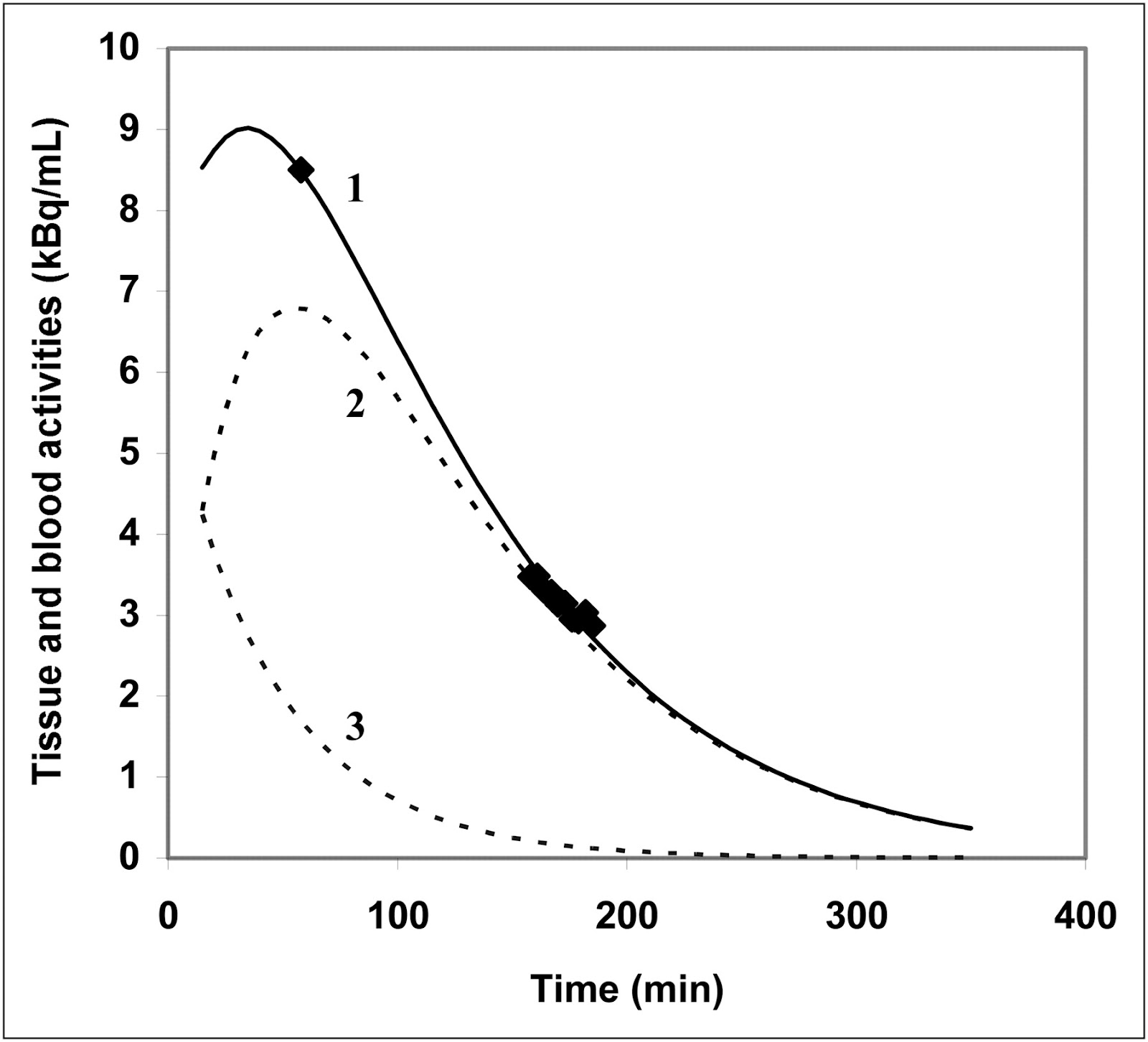In the world of nuclear medicine and PET imaging, FDG half-life plays a crucial role in the effectiveness of diagnostic procedures. Understanding this concept is essential for medical professionals, researchers, and patients alike. This article will explore the significance of FDG (Fluorodeoxyglucose) half-life, its applications, and the implications it has on both diagnostics and treatment in oncology.
FDG is a radiopharmaceutical commonly used in Positron Emission Tomography (PET) scans, primarily for detecting cancerous cells in the body. The half-life of FDG, which is approximately 110 minutes, directly affects the timing and accuracy of imaging procedures. As we delve into this topic, we will highlight the various factors influencing FDG half-life and its relevance in clinical settings.
This article will provide a comprehensive overview of FDG half-life, including biological considerations, production processes, and its importance in treatment planning. By the end of this article, readers will have a deeper understanding of how FDG half-life influences PET imaging and the management of cancer patients.
Table of Contents
- What is FDG?
- Understanding FDG Half-Life
- Biological Implications of FDG Half-Life
- Production Process of FDG
- FDG in PET Scans
- Clinical Applications of FDG
- Limitations of FDG PET Imaging
- Future Directions in FDG Research
What is FDG?
Fluorodeoxyglucose (FDG) is a glucose analog that is labeled with the radioactive isotope fluorine-18 (F-18). It is widely used in PET imaging due to its ability to mimic glucose, allowing it to be absorbed by metabolically active cells, such as cancer cells. When injected into a patient, FDG accumulates in areas with high glucose metabolism, making it an effective agent for detecting tumors.
Understanding FDG Half-Life
The term "half-life" refers to the time required for half of the radioactive substance to decay. For FDG, the half-life of F-18 is approximately 110 minutes, which is a critical factor in determining the timing of PET scans. The relatively short half-life of FDG necessitates the need for timely imaging after administration to ensure optimal visualization of metabolic activity.
Factors Influencing FDG Half-Life
- Production method of the radiopharmaceutical
- Storage conditions
- Patient-specific factors such as metabolism
Biological Implications of FDG Half-Life
The biological half-life of FDG can affect the accuracy of PET imaging. As the radioactivity of FDG decreases over time, the window for effective imaging becomes limited. If a PET scan is performed too late after FDG administration, the signal from cancerous cells may be too weak to detect, leading to potential false negatives.
Production Process of FDG
FDG is produced in cyclotrons through a series of nuclear reactions. The production process involves the bombardment of target materials with protons, resulting in the generation of F-18. This F-18 is then chemically combined with deoxyglucose to create FDG. The efficiency and timing of this production process are crucial in ensuring that FDG is available for use in clinical settings shortly after it is produced.
FDG in PET Scans
During a PET scan, the patient is injected with FDG, and imaging is performed shortly after to capture the distribution of the radiopharmaceutical within the body. The imaging process is typically conducted within 60-90 minutes post-injection to maximize the detection of cancerous tissues. The PET scan provides valuable information to oncologists regarding the presence and extent of disease.
Clinical Applications of FDG
FDG PET imaging is utilized in various clinical applications, including:
- Diagnosis of cancer
- Staging of tumors
- Monitoring treatment response
- Detecting recurrence of cancer
Limitations of FDG PET Imaging
While FDG PET imaging is a powerful diagnostic tool, there are limitations that must be considered:
- False positives can occur due to inflammation or infection.
- Not all tumors exhibit high glucose metabolism.
- Patient-specific factors can influence the uptake of FDG.
Future Directions in FDG Research
Research is ongoing to enhance the efficacy of FDG and explore new radiopharmaceuticals that can provide more specific imaging for various cancers. Innovations in imaging technology and techniques may also improve the accuracy and reliability of PET scans, further advancing the field of nuclear medicine.
Conclusion
FDG half-life is a vital concept in the realm of nuclear medicine, influencing the effectiveness of PET imaging in cancer diagnosis and treatment. Understanding the implications of FDG half-life allows medical professionals to optimize imaging protocols and improve patient outcomes. If you found this article informative, please leave a comment, share it with others, or explore more articles on our site.
Closing Thoughts
Thank you for taking the time to read our comprehensive guide on FDG half-life. We hope this article has provided valuable insights and encourages you to return for more informative content in the future.
You Might Also Like
Exploring The Fascinating World Of Vash The Stampede: A Comprehensive GuideExploring The Corey Comperatore Family: A Deep Dive Into Their Legacy
Ultimate Guide: Traveling From Orlando To Miami
Late Night Come Home: A Journey Through The Nocturnal World
Change Name For YouTube: A Complete Guide To Rebranding Your Channel
Article Recommendations
- How To Tag On Ig Story
- Mumbai International Airport Transit Hotel
- Fantastic Another Word
- Rail City Casino Sparks
- I Feel So Close To You Right Now Lyrics
- Best Compression Socks For Swelling
- Shield Recipe For Minecraft
- How Does Water Travel Through A Plant
- I Hate It Here Lyrics
- Opal Engagement Ring


